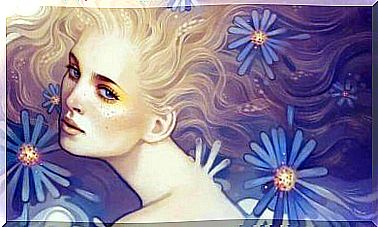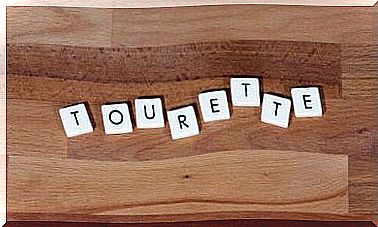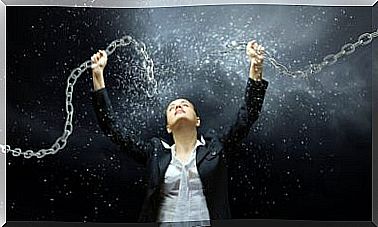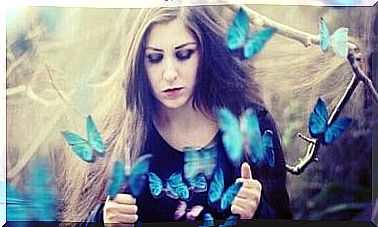The Monsters Of Reason: The Psychology Of Goya’s Black Paintings
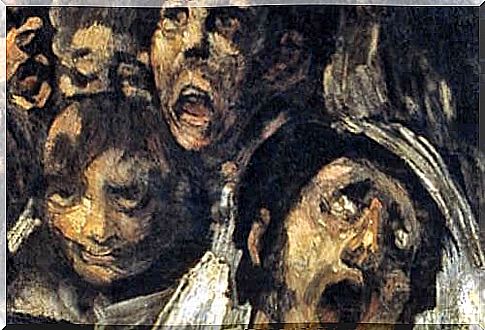
The psychology of Goya’s black paintings remains an enigma. This set of mysterious and truculent paintings that decorated Quinta del Sordo was created through a unique cosmogony, the product of a tired mind, sometimes desperate and determined by a historical context marked by repression.
Now, was the torment suffered by Francisco de Goya the result of some psychological disturbance? Or was it perhaps the result of that desperate patina that age brought him, the deafness and violence of a troubled Spain? Maybe it was the combination of all of this. We cannot ignore how the creative universe of every artist works: the misfortunes of life are reflected in all the canvases and even in the choice of colors.
The fourteen works that make up the so-called black paintings represented a remarkable change in his career. He went from light to shadow; he was the master of color and ended up living in a house where darkness stained its walls. He, who had been the most outstanding portrait painter in Spanish society, ended up decorating his house with deformed, burlesque, and demonic faces.
These figures might serve to expose your feelings, thoughts and all the horrors seen in the past. Thus, almost without knowing it, Goya would anticipate contemporary painting. This intentional deformation and this tone in which the darkness of a tormented soul vibrated gave way to expressionism.
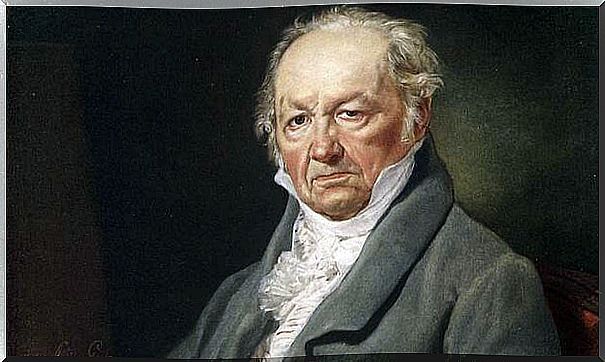
Psychology of Goya’s Black Paintings
Mercury vermilion, auripigment, lead white, vine wood charcoal black, Prussian blue and various types of ocher. These were the pigments that Francisco de Goya himself prepared and were used to create these works from Quinta del Sordo. Thanks to various historical documents and testimonies from the time, we know how far the paintings were exposed.
Upstairs were Dos forasteros, The Holy Office, Asmodea, Um perro and dos Brujas, Atropos, Dos hombres and Dos mujeres. The darkest and most impressive were, curiously, made in the dining room, located on the ground floor and used for social events. There were Saturno, La romería de San Isidro, El gran cabron, La Leocadia, Dos viejos, Judith and Holofernes.
He didn’t care too much that the few visitors he received were shocked by these images. Nor that it could be denounced. We cannot forget that Goya was always an uncomfortable character for the Inquisition, for every ecclesiastical institution that saw in his person an artist who did not hesitate to portray the perversions of those who abused power.
One of the goals of the psychology of Goya’s black paintings is to know what led him to paint them. We didn’t just ask ourselves about his mental state, whether or not he had a disorder. One of the doubts is whether he painted them out of pure emotional need, for simple pleasure or whether he wanted to leave something for posterity (and specifically for his grandson, to whom he left Quinta del Sordo).
Let’s look at some aspects of your work to understand your inner world.
The dream of reason produces monsters: the Susac syndrome
To understand Goya das Pinturas Negras, it is interesting to talk first about Caprichos. These 80 engravings already give us a hint of the change in the Aragonese artist’s life. At that time, her autoimmune disease was already present.
Susac’s syndrome manifested at age 46, weakening his physical and psychological health. Headaches were constant, as well as dizziness and visual disturbances… All of this created a new pigment in the Aragonese master’s art: that of darkness and anguish.
One of the neurological sequelae of this rare disease was, without a doubt, deafness. His sensory faculties were deformed, lost their brightness, light, sound, hope… Just like that society in which he was immersed. The Caprichos were the first approach to the unconscious, to your inner world to capture the grotesque, the monstrous, the fantastic like no one else…
In these engravings, Goya brought us the reflection of the superstitions of the simple people of the time, those who believed in demons, witches and ghosts… Night creatures that invaded dreams and nightmares.
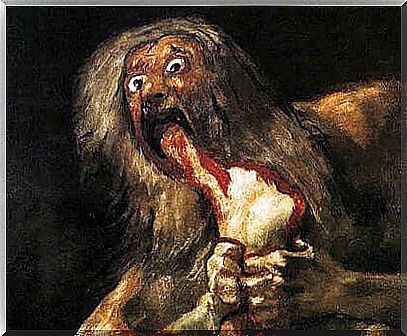
The delirium trembles of a brilliant but sick mind
A large part of Francisco de Goya’s work (1746-1828) contains disturbing characters. Was this a reflection of some mental disorder? Absolutely. It was the exceptional creation of an artist who reflected like no other the irrationality of a degraded society in which he himself lived… and which left him desperate.
Few art figures conveyed inner torment, loneliness, fear and despair so well. When Goya arrived at his country house “La Quinta del Sordo”, memories still bubbled in his mind, the sound of executions, the pain of exile, the burning of disloyalty… The psychology of Goya’s black paintings tells us that what what hurt was life.
As Dr. Ronna Hertzano of the University of Maryland explains, Susac syndrome results in brain inflammation. Something like this creates hallucinations and little blood supply to the eyes and ears. Hence the deafness, the vision problems, the suffering…
Conclusion on Goya’s black paintings
In Black Paintings there is no light because there was no hope for Francisco de Goya. He was a desperate man who suffered in an equally chaotic world.
His “Saturn” devouring his son and “Judith and Holofernes” were those mythological figures that Freud would later use for his theories. The symbolic record of these last works represents nothing more than the most sinister and atavistic of the human being; our darker side.
Goya did nothing but connect with him to mold him. He was the channel that brought us the darkness of our nature, those shadows we don’t always like to see.

